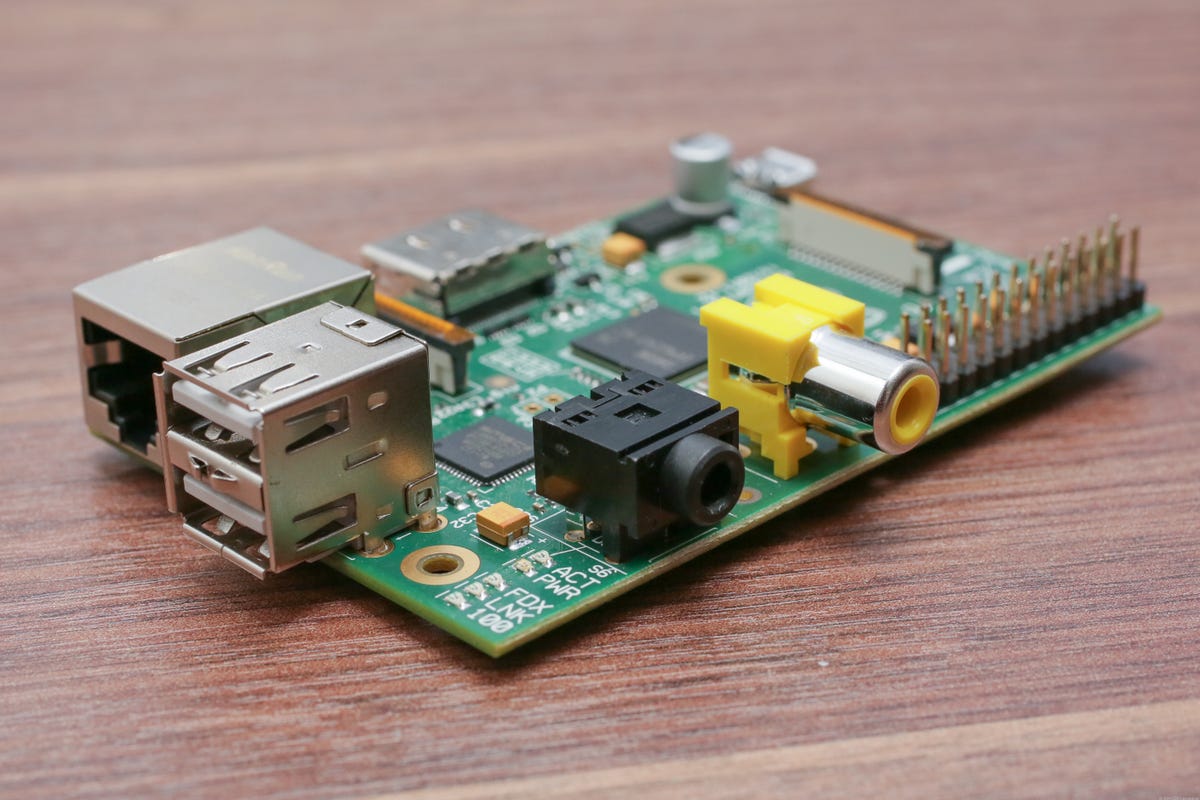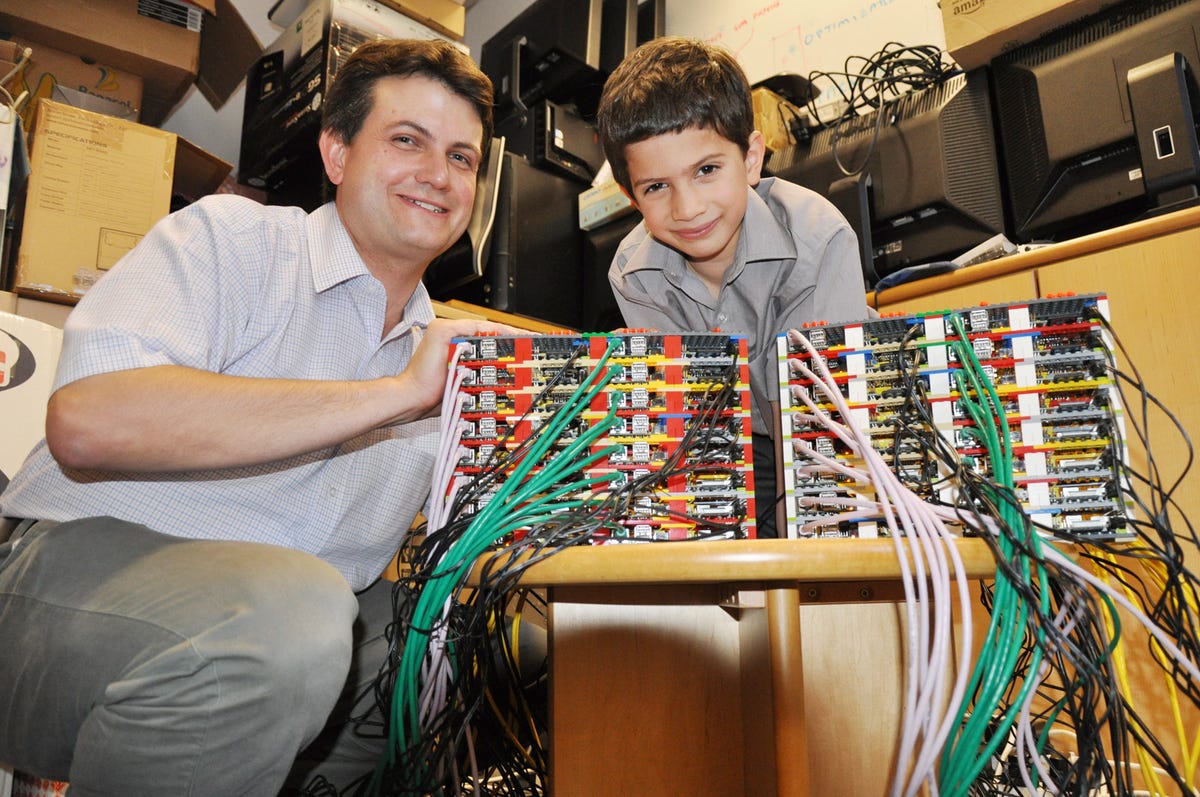
The most ambitious Raspberry Pi projects
The Raspberry Pi isn't like anything you've seen before. Equipped with a 700Mhz single-core processor, 512MB of RAM, and capable of outputting 1080p video, this $35 (£24.35 in the UK, and roughly AU$37.35 in Australia) microcomputer has become the center of a number of do-it-yourself projects.
Components can be connected to the board's HDMI port, RCA connector, or four USB ports. The credit card-size device also includes a 3.5mm headphone jack, an Ethernet port, a Micro-USB port for power, and a mircoSD card slot for storage.
Anything is possible with a little hard work, determination, and many lines of code. These are some of the most ambitious projects completed with the Raspberry Pi.

Supercomputer
A single Raspberry Pi is roughly equivalent to a Pentium II processor, which isn't all that powerful. A team of researchers at the University of Southampton thought that by adding multiple Raspberry Pi devices together, they could build a relatively inexpensive supercomputer. With the help of 64 Raspberry Pi boards, Simon J. Cox and his team achieved their goal. For more information about building a supercomputer using the Raspberry Pi, visit the University of Southampton's Web site.
Automated pet feeder
David Bryan was going out of town for the weekend and was worried about his cats. It suddenly hit him, he could build an automated cat feeder. David achieved his goal with the help of the Raspberry Pi. The project cost him a little less than $150 and only took about four to six hours to complete. For complete instructions on how to build your own Raspberry Pi-powered pet feeder, visit David Bryan's Web site.
Lego robot
The folks over at Dexter Industries have created BrickPi, a Raspberry Pi-powered robot. With the help of Lego Mindstorms sensors, motors, and parts, the company was able to transform the credit card-sized microcomputer into a functioning robot. The project will cost you around $140 from start to finish. Visit the company's Web site for a step-by-step guide and to learn more about the BrickPi.
Mobile computer
The Raspberry Pi can even be transformed into an ultraportable laptop. Nathan Morgan, a computer repair specialist, built the Pi-to-go mobile Raspberry Pi computer. Unlike other projects, the Pi-to-go is relatively expensive due to the various components Morgan used.
In addition to the Raspberry Pi Model B, the project requires a 3.5-inch LCD screen, a USB hub, a mini keyboard with a trackpad, a Dell D600 battery and charger, a 4GB SD card, and a 64GB solid-state drive. For the computer casing, Morgan created a 3D printed solution that he provides for free.
For more information about creating a Pi-to-go, visit Nathan Morgan's Web site.
Home automation
There a ton of home automation projects for the Raspberry Pi. Some are as simple as turning on the lights, while others are much more advanced. One of the most interesting projects comes to us from a YouTube user that goes by the name Elvis Impersonator. Impersonator combined the Raspberry Pi with Apple's Siri voice assistant for iPhone and iPads to control his garage door, thermostat, alarm system, and even his TV, among other things, using only his voice. To see it in action and for more information, visit Elvis Impersonator's YouTube page.
Bitcoin miner
All of these projects involve spending money, but the Raspberry Pi can also be used to make you money. That's exactly what Colin Cunningham did. He uses his Raspberry Pi to "mine" for bitcoins, the popular open-source digital currency. The project, which will cost you $150 or more to set up, utilizes ASICMiner Block Erupter USB devices to do the mining. It's a relatively complex process, but if you're interested be sure to visit Colin Cunningham's detailed instructions.
Want to learn more about the Raspberry Pi? Check out CNET's How To articles for getting started with the device and using it to create a retro game console.

